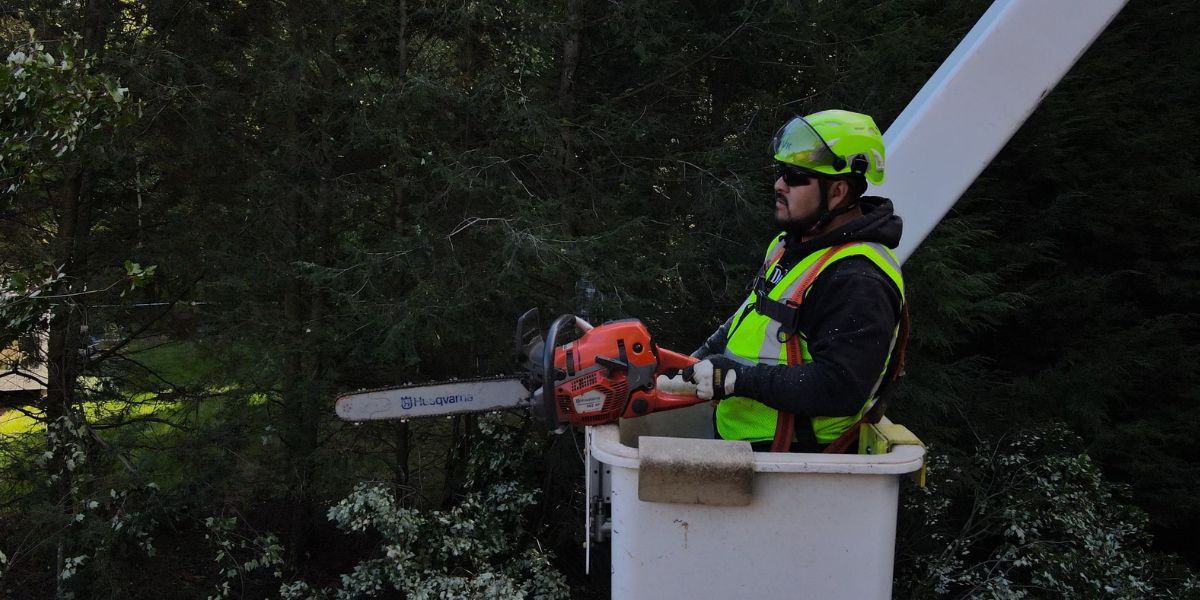
At GM 2 Tree Services, our licensed arborists and plant care experts help us maintain our position as the most reliable tree service in Southington, CT. Every month, we entertain hundreds of questions about proper tree-trimming techniques from residents and business owners. They want their trees to remain free from infections, wood-eating insects, and injuries that can be life-threatening long-term.
Corrective pruning is essential to maintain the health of any tree, especially in urban areas where they do not have to compete for moisture and soil nutrients. They do not have the benefit of other trees serving as windbreakers as they do in a forest setting, and adverse weather can produce weak branches, dead wood on their trunks, and wounds on their roots. In this explainer, our arborists detail how to use your pruning shears and handsaws to keep your trees healthy.
Learning the Pruning Cycles of Your Trees
Learning about pruning cycles tops our list of proper tree-trimming techniques, as it is all too easy to cut your trees at a time when their immune systems are weak, leaving them prone to fungal infections and insect invasions.
Younger trees shed weak limbs and dead branches more often as they can regenerate tissues twice as fast as their mature counterparts. Removing every lateral branch from trees younger than five years old allows you to correct their growth patterns and help them establish a stable and healthy form as they evolve into towering structures.
Pruning cycles also depend on the starting health of your trees. For example, trees that grow in environments with low soil nutrition and moisture have shorter pruning cycles, and ones in a healthy nursery have longer ones. Additionally, trees with genetic disorders often need more structural and corrective pruning than those without.
Trees in temperate climates with lots of sunlight and no winters will grow more branches and require more pruning than those in colder places with shorter growing seasons.
Studying the Correct Pruning Dose
A pruning dose is an arborist term that refers to the amount of dead and living tissue they cut away from trees on each job. Trees with longer pruning cycles require more tissue removal per cutting session than those with a rotation that lasts only one or two years.
We evaluate the landscaping objectives of every client, and sometimes, they want to see more growth in a particular section of the crown, which requires a more sizeable pruning dose. Pruning a void in a tree crown can foster branch and leaf growth in previously unpruned parts. A small pruning dose is usually ideal for older trees with modest growth rates.
Trees with aggressive immune systems, such as mahoganies and oaks, can fight fungal spores and decay better, enabling arborists to implement remarkably high pruning doses with little to no risks.
Pruning in the Right Season
Learning the right season to prune is indispensable in our arsenal of proper tree-trimming techniques. While a few species can benefit from pruning no matter the time of year, we usually recommend waiting for late autumn or early winter to get optimum results. Common types of wood-eating insects are dormant during winter, and diseases spread more slowly.
Clients who want to stimulate growth are always pleased to find a burst of brand-new branches and leaves in early spring. Tree owners looking to redirect branch growth often prune during the late summer months when seasonal growth cycles are closing.
Talk to a Pruning Expert
Learn more about proper tree-trimming techniques and know why you should opt for a Google Guaranteed tree service by calling us at GM 2 Tree Services at (860) 940-5783. Request your free consultation today!
